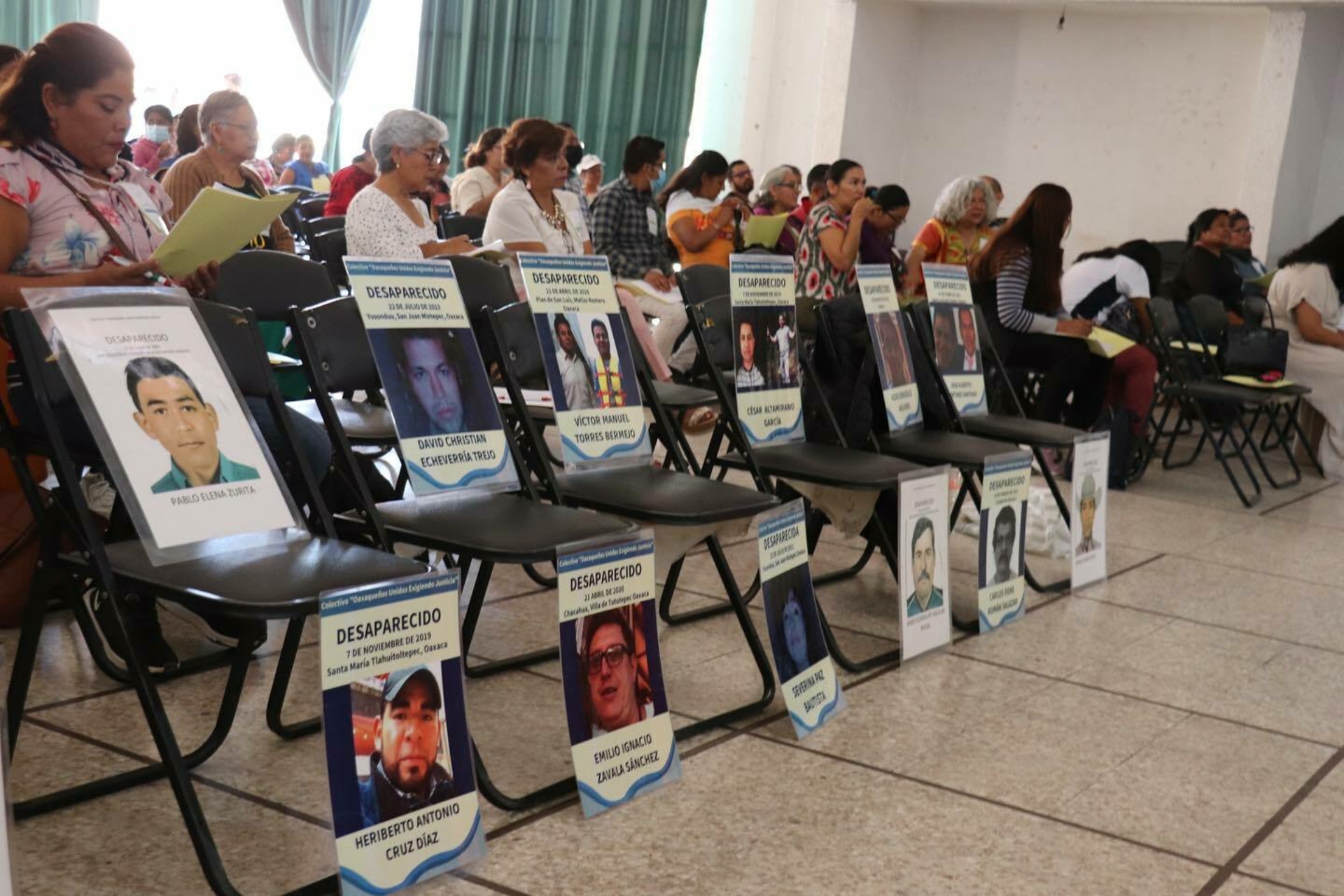Enforced disappearance is a serious human rights violation recognised by several international instruments, including the International Convention for the Protection of All Persons from Enforced Disappearance. This crime has been used in contexts of armed conflict, repression and migration to generate terror and impose control.
Mexico is one of the countries with the highest number of victims of this crime in Latin America, and the inhabitants of this priority country of the Norwegian Human Rights Fund (NHRF) continue to be severely impacted by this situation.
Here are six key facts about enforced disappearances in Mexico:


